Notes from Japan, Part 3
The Shinkansen (aka, bullet train) is as bitchin’ as you might expect, and then some. Seeing one whip through the station at 70+ mph was enough to turn me into a giddy little seven-year-old boy all over again. When you’re actually in one, it’s like riding on a cloud, even moreso than an airplane. And yes, they’re on time — you really can set your watch to them (I did).
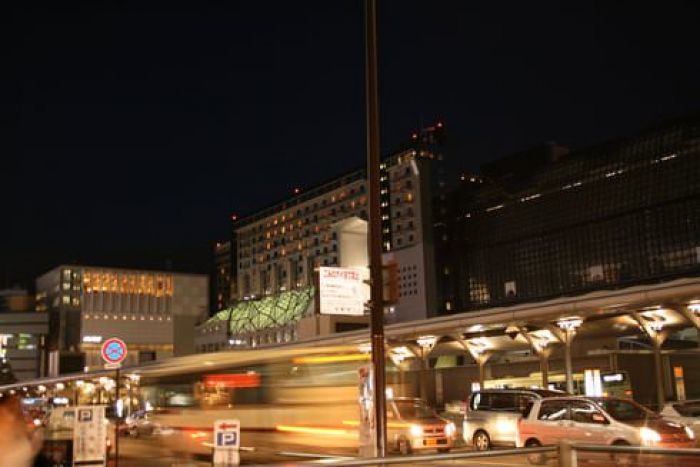
Kyoto is a beautiful city, but like much of Japan, can also be overwhelming. If/when you get off at Kyoto Station, make sure you spend about 15 – 20 minutes just wandering the station and getting your bearings. Also, be sure to check out the big board in the bus terminal that has brief descriptions of all of the major tourist attractions as well as all of the buses that go to each one. Once you do that, Kyoto will be much easier to explore, and you’ll appreciate the genius behind the city’s bus system. Seriously, it’s amazing.
All of the places we saw in Kyoto were great, but it’s always a little anti-climactic when you go to visit a centuries-old temple only to discover that it’s basically contained within a giant warehouse because it’s undergoing repairs. Don’t get me wrong, I understand that even temples need a little TLC from time to time, and the warehouses are impressive in their own way, but still, it’s a wee bit disappointing.
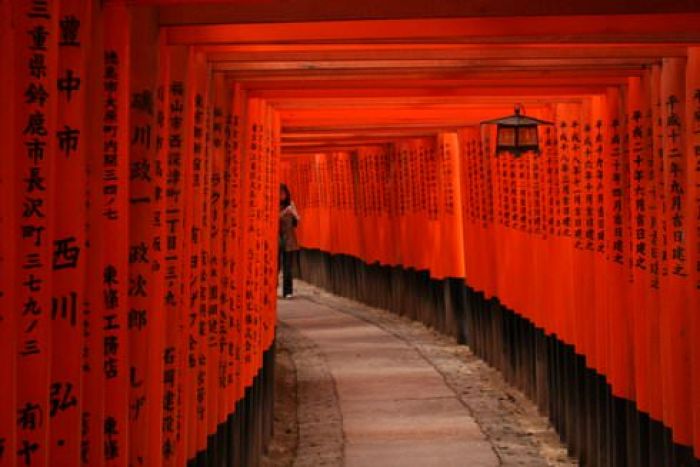
It’s hard to pick a favorite spot in Kyoto, but if pressed, I’d have to say either Ginkaku-ji or Fushimi Inari. The former is a beautiful temple built on the side of some forested hills, and as such, is surrounded by a number of sylvan paths and walkways. The latter is a network of temples and shrines connected by numerous pathways, all of which are lined by thousands of bright orange gates. The entire atmosphere is quite otherworldly and haunting as you walk through the gates, discovering little shrines at each and every turn; many of them have incense burning, literally in the middle of nowhere, which only adds to the sensation.
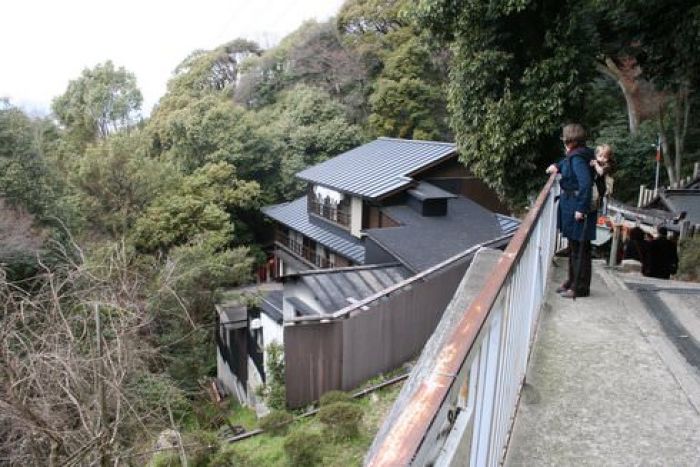
Speaking of Fushimi Inari, the paths stretch for several kilometers up and into the mountains, so it’s certainly no walk in the park. That’s doubly so when you’re carrying a one-year-old on your back (or so Renae tells me). However, once again, I was amazed at the apparent masochism of some Japanese; we saw numerous women assail the paths in high heels and miniskirts, and many men do it in business suits. It seemed that the only people dressed for actual hiking were the many westerners we saw.
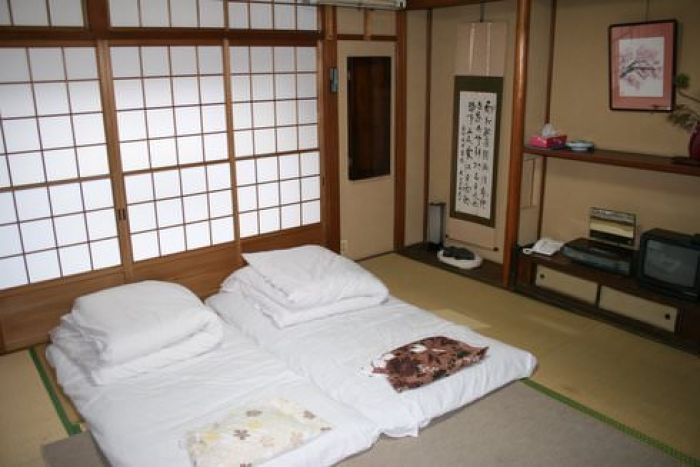
For whatever reason, I was expecting a ryokan, or traditional Japanese hotel, to be akin to an American bed and breakfast. It’s not, really. Which is not to say that the ryokan was unpleasant, far from it. But it did take some getting used to. And no, we didn’t do the Japanese bath. Not because we were prudes or anything, but mainly because it was just too freakin’ hot.
If you’re like me and not inclined to wearing slippers, Japan can be a little confusing. In any given day, you’ll probably switch between three or four pairs of slippers, be they house slippers, hotel slippers, toilet slippers, or restaurant slippers.
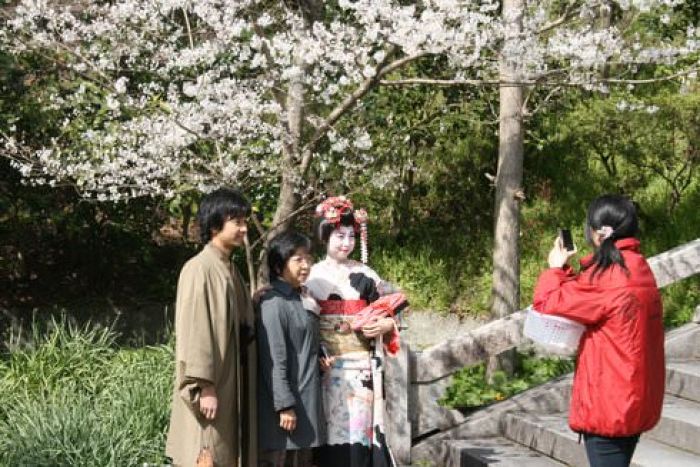
Seeing a geisha was an odder experience than I thought it would be. On the one hand, you want to take a hundred photos because, well, they’re the quintessential Japanese symbol and because they’re absolutely stunning to behold, from the stylized makeup to their gorgeous kimonos. On the other hand, you feel ashamed of even lifting a camera in their general direction. You see, a geisha is immediately swarmed by people taking photos (including numerous Japanese, which struck me as a little strange for some reason), and you begin to feel sorry for these women who have to maintain such incredible poise and composure for so long. It’s as if they’re forced to stop being human beings and made to become human statues — statues that are elegant and graceful to a degree that’s hard to imagine, but statues nonetheless. As such, taking photos of them — even just one or two, like I did — feels somehow sacrilegious and cheapening.
Several of the department stores we visited had entire sections devoted to selling Studio Ghibli merchandise, which ranged from stuffed figures to scotch tape holders to calendars to toilet seat covers. If I were a weaker man, I could have easily spent several hundred dollars in one of these sections alone. Thankfully, I have some willpower, but it is awfully tempting. I have a feeling I’m going to lose it when we finally get to the Studio Ghibli museum.
Yes, we did go to McDonald’s while in Kyoto… twice. We also went to a Big Boy. Hey, when you’re tired from walking all day and have a sleeping kid, and standing in line for a “fancy” restaurant just isn’t going to work, sometimes all you can do is go for a quarter pounder with cheese. You may have sworn off fast food forever, but believe me, there will come a time if/when traveling overseas when you’ll cry tears of joy upon seeing those golden arches. And no, it doesn’t really taste any different here than in the States. The fries are better, though.
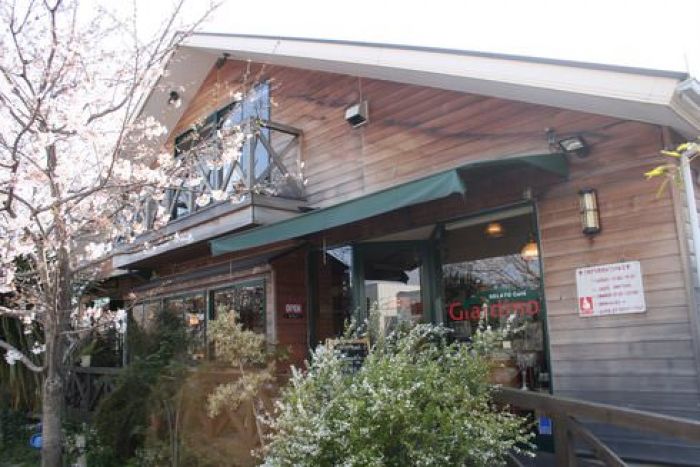
If you’re ever in Shizuoka, you must go to Giardino. We’ve had a lot of fantastic food in Japan and I’d place Giardino near the top of the list. It’s not a Japanese restaurant per se, but rather, has an eclectic menu that is a great mix of East and West. The food is incredible, both in terms of taste and presentation, and they have fantastic gelato. The restaurant, which feels like a swank European jazz club/coffeehouse with a distinct Japanese twist, has great atmosphere, and the owners — Shigeo and Koji — are the best of hosts.
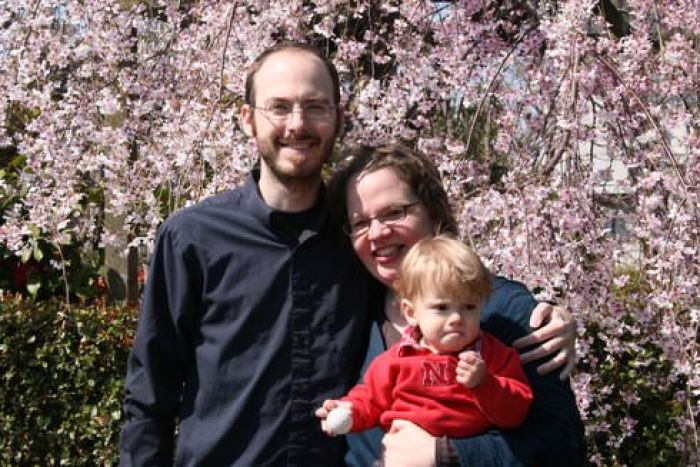
As I’ve mentioned earlier, traveling with children changes the tourist experience quite a bit. That’s doubly true when traveling with sick children. It’s stressful enough when you’re in your home country, but in a foreign land where you don’t speak the language, they don’t have the same medicine that you’re accustomed to, and you find that you forgot to pack all of the basic kiddie medical supplies, it’s easy to quickly reach a state of panic. All of which is to say that when a family takes you under their wing, gives you the medicine and supplies you’re missing, lets you use their bathtub to bathe your sickly child, and even lends you their cellphone in case any emergencies arise later that night, well, words can’t really describe how much of a blessing it is.
Note to parents coming to Japan: be sure to bring your own children and infants’ Tylenol. You can’t get it here.
I used to think that the state of Washington at the height of berry season had the best fruit I’ve ever tasted. Now that I’ve been in Japan, I’m reassessing the opinion. Even the apple juice you buy in a carton from the neighborhood grocery store is so fresh, it tastes like the trees are growing next door. (But don’t worry, Washington: you’re still aces when it comes to blackberry pie. Noone’s ever going to take that from you.)